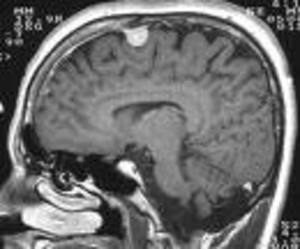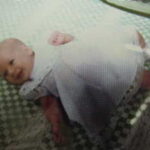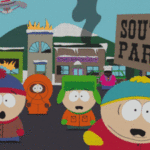A febrile seizure is a seizure in a young child that is caused by a high fever. Generally the seizure happens when the fever is rising for whatever reasons. Many parents have not even realized their child has a fever until the seizure happens. These seizures are extremely scary while they are happening, but relaxing is important to being able to care for your sick child.
Febrile seizures are most common in infants and toddlers ages six months to three years. Each child has a 2-3% chance of having febrile seizure, and once a child has had one episode, there is a 30% chance they will have a second, third, fourth even fifth febrile seizure. If your child has multiple seizures the chances of more seizures in the future is even greater. No research has proven why some children are susceptible to febrile seizures so there is no known cause. While this is very hard on the parents, the children are often very unaffected by the seizure.
While your child is ill, take proper caution to keep their fever low. If your child should have a seizure it is important to follow these next steps. The first thing you should do is lay the child down on their side. This will prevent them from choking should they vomit. Lay the child on the floor and remove any items close by. Once the child is safe, grab your thermometer and take the child’s temperature. Your doctor will want to know how high the fever was when the seizure occurred. You will also want to time the seizure and if possible video record the seizure so the doctor can know exactly what happened. Now, this is a lot to think about in the few moments that may be the scariest moments you have encountered in your child’s life, so it is good to be prepared just in case! After the seizure if over, try to keep the child comfortable and cool. Most seizures only last 1-5 minutes, but may feel like much longer. If the seizure is not stopping, call 911 right away.
It is normal for your child to fall into a deep sleep after the seizure. The body is very tired and ill as well. Let your child rest, and also expect them to throw up once they wake up. Be prepared with a towel and a container to catch the vomit. You should always call your doctor, and take your child in for examination following the seizure. The doctor may do an array of tests, but simple procedures should be taken to find out what caused the fever. Serious infections need to be treated immediately, while viruses will just need rest and fluids and time for the body to recover.
Your pediatrician may offer tests to be done to rule out any neurological cause of the seizure. The most common test is an EEG. During an EEG (electroencephalogram) the brain waves are monitored to ensure proper firing of the nerves. This is a simple, but long and tedious procedure. The child is often sedated during the procedure. The procedure takes 2-3 hours and is noninvasive for the child. Results are read by a neurologist within a few days and the results are passed on to you via your pediatrician. Some doctors may also recommend a MRI of the brain to view if any abnormalities are present. This is another simple, noninvasive test.
The good news about febrile seizures is that they generally do not cause any damage to the child. By the age of 5 most kids have completely outgrown the episodes and will lead healthy, normal lives with no sign of the past in the present! Remember to be prepared during any fever your child has, and remain calm if a seizure occurs. If you have any concerns about your child at any time, it is always best to consult your child’s pediatrician right away.




